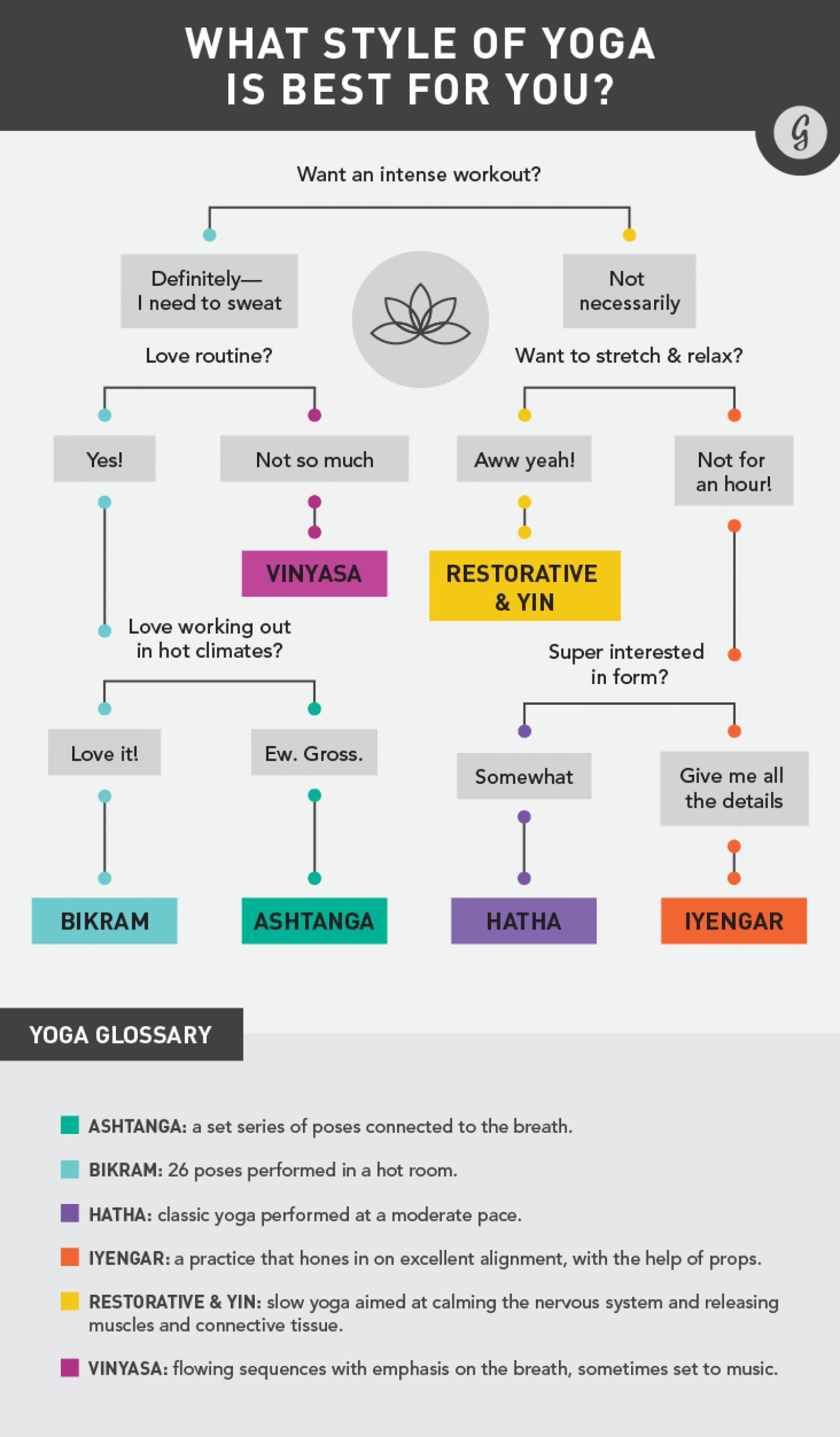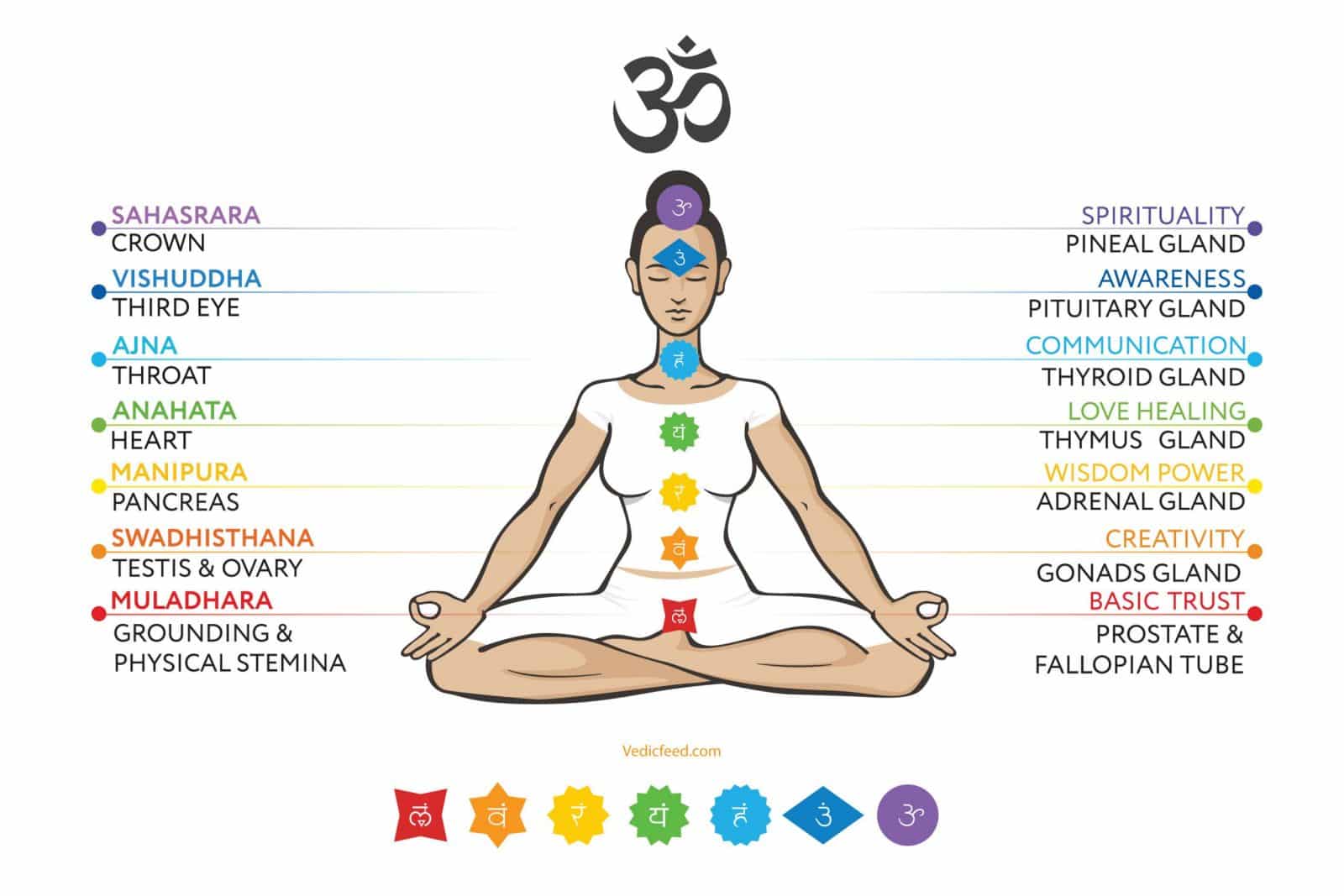
It can be a great way to start your day by getting up in the morning and practicing yoga. It can help achieve inner peace, calmness, balance, and calmness. You can also use the practice to deal with any anxiety or stress you might have. Here are some yoga moves to help you get up. They may not be as exciting as sunrise poses, but they are effective and can benefit you in so many ways. Read on to learn more!
Yin yoga
Yin Yoga can be done best in the morning, when your muscles haven't warmed up yet. It allows your muscles the time they need for stretching and opening, and sets your intentions for the rest of the day. For most people, 20 to an hour of practice is enough. This will stimulate your blood circulation and get you ready for the day.

Morning yin
Whether you're a morning person or prefer to wake up earlier than most, a yoga routine can help you achieve a fresh perspective in the morning. Yoga is a way to calm the mind and bring balance and peace to the body. It improves your ability to focus during the day. A morning yoga practice will make you more present and alert. It's particularly helpful for people who have difficulty focusing in mornings.
Mountain pose
You can start your day with yoga's Mountain Pose, a standing inversion that helps you awaken and stretch. The mirror is a great place to start, adjust your body, and concentrate on alignment of your hips. As your body moves in and out of this pose, you should feel a stretch. This pose is a great way to wake up your body after a long day of work.
Deer pose
The classic yoga posture of deer pose has many benefits. It can help you wake up each morning and improve your concentration. There are two options for performing this posture. First, place your legs cross-legged on the floor. Next, bend one side and place the knee on your buttocks. Then, bend the other knee and move it back toward your body. If you find it difficult to maintain this position, you can either place a folded blanket underneath your knees or a cushion beneath your perineum.
Plank pose
Plank Pose is a wonderful yoga asana that will get you started in the morning. This pose will strengthen your core and arms. However, it will also teach you how to focus your mind. You'll be able to build strength, endurance, determination, and perseverance by practicing this pose for a prolonged period. You can modify the Plank Pose according to your needs. Here are some of the most common mistakes people make while performing this pose.

Before you get up, stretch
It is a great way of starting the day. Not only will it help you feel more awake and energized, but it will also help you maintain range of motion and release tension. Stretching exercises can help prevent stroke, the fifth-leading cause in death in the US. Harvard Medical School experts share their tips for starting your morning with stretching. Yoga stretches can wake you up and prevent injury to your joints.
FAQ
I already do some type of exercise. What are my options for yoga?
Yes! Yes! Yoga can improve your training results, even if you're not very active. Yoga can be combined with other activities like running, cycling, lifting weights, and swimming to achieve greater results.
This is because yoga helps focus on correct breathing techniques which can help you burn calories quickly.
You can also improve your endurance. You can reap the many benefits of yoga no matter how advanced or beginner you are.
Yoga involves a lot of sweating.
It depends on the type of yoga that you practice. Vinyasa flow (or power) yoga involves lots of jumping, twisting, and turning movements. Because of this, people often sweat heavily while practicing.
Hatha yoga, however, is focused on forwarding twists and bends. These poses don't require a lot of sweat, so most people won't feel much perspiration.
What foods should you avoid after doing yoga?
Avoiding certain foods may reduce your energy levels. It can cause you to feel gassy or cramps in your stomach. If you feel tired after practice, you may want to eat something light and nourishing.
Statistics
- According to calorie estimates calculated at Harvard Medical School, the average 125-pound person burns about 120 calories in a half hour of hatha yoga, and a 185-pound person burns about 178 calories in that half hour. (everydayhealth.com)
- A 2020 review of 27 studies (1,805 total participants) of yoga interventions in children or adolescents found reductions in anxiety or depression in 70 percent of the studies, with more promising results for anxiety. (nccih.nih.gov)
- About one in seven U.S. adults practiced yoga in the past 12 months, according to a 2017 national survey. (nccih.nih.gov)
- According to the Agency for Healthcare Research and Quality, falls are incredibly common among older adults in nursing facilities. Even the simplest ones can increase the risk of death (24). (healthline.com)
- In comparison, a 125-pound person is estimated to burn 135 calories in 30 minutes of walking (at a pace of 15-minute miles) and 210 calories bicycling at a moderate pace on a stationary bike. (everydayhealth.com)
External Links
How To
Does yoga have any effect on menopause symptoms
Yoga is an ancient tradition that originated from India. It emphasizes stretching, breathing, and meditation. It has been used for thousands of years to keep fit. It is becoming increasingly popular as people look for ways to stay fit and healthy in times of stress and illness.
Yoga is all about physical poses (asanas), which are used to stretch muscles, improve posture, increase flexibility and increase flexibility. This helps relieve tension and increase strength and stamina.
There are many kinds of yoga. Each type is focused on different aspects of the human body, such relaxation, breath, stretching, or breathing.
All forms and types of yoga seek to attain balance within the body, mind and spirit. Yoga has many benefits, including improved fitness, weight loss, improved sleep quality, energy levels, and reduced stress.
Yoga may be beneficial in the treatment of anxiety, depression, insomnia, and other conditions. However, there is little conclusive evidence of its effectiveness for other health issues such as menopausal symptoms.
As well as helping you feel healthier and happier, yoga teaches you how to relax and manage stressful situations - skills that could be helpful when dealing with menopause.
It is important to note that yoga can cause muscle soreness after exercise, so starting at a low-intensity level is wise. Before you start yoga, talk to your doctor about any concerns you may have.